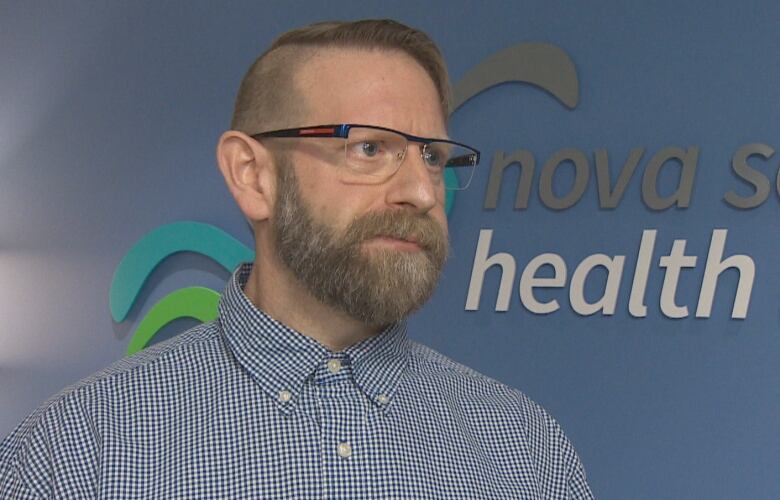In the strained hospital system, ambulances waiting longer to offload patients
No regional hospital in Nova Scotia meets provincial offload time standard

Ambulances in Nova Scotia continue to spend more time than they should waiting to offload patients at hospitals around the province.
Last year, CBC News reported that just one regional hospital St. Martha's Regional Hospital in Antigonish met the provincial standard of offloading patients within 20 minutes, 90 per cent of the time.
A year later, in August, no regional hospital met that standard. In fact, just about every major hospital in the province is experiencing worse offload times than they did a year ago:

Slow offload times mean paramedics are tied up waiting with patients at hospitals rather than responding to other calls. The union that represents paramedics has warned the problem can lead to a critical shortage of ambulances available for emergencies.
A year ago, all of the regional hospitals, with the exception of Cape Breton, were offloading patients within 33 minutes, 75 per cent of the time. In August of this year, only St. Martha's (19 minutes), Aberdeen and Yarmouth (23 minutes), Cumberland (26 minutes) and South Shore (34 minutes) were close to that figure.
Tim Guest, vice-president of integrated health services for the Nova Scotia Health Authority, said officials aren't surprised by the numbers.
"We've had a year where, in some locations in the province, we've had increased pressure with respect to being overcapacity in some facilities," he said in an interview.

There is no better illustration of this point than Valley Regional.
Last year, the Kentville hospital met the provincial offload standard 50 per cent of the time and 75 per cent of patients were offloaded within 31 minutes. This year, the site metthe provincial standard only 25 per cent of the time and 75 per cent of patients are offloaded within 63 minutes.
Guest said that site in particular has been challenged by a high volume of people waiting in hospital beds for long-term care placements. Of the 138 beds at Valley Regional, 22 of them are taken up by people at some stage of the long-term care placement process.
It's just one example of how what's happening inside the hospital eventually makes its way to the ambulance bays and delays patients from getting into a bed and rigs from getting back on the road.
"We have some efficiency gains that we need to make, making sure that people when they need to be hospitalizedare in for the appropriate length of time," said Guest.

That's where someone like Peter Vanberkel comes into play.
Vanberkel is an industrial engineer and professor at Dalhousie University who focuses on finding ways to improve health-care systems by making them more efficient. Ambulance offload delays are a problem across Canada and other countries as well, he said.
"In the U.S. some places are reporting having this issue, in the U.K. it's being reported [and] Australia."
It's a symptom of supply and demand getting close to each other, he said, and that's a problem that is also not unique to Nova Scotia.
"Emergency department overcrowding is virtually everywhere in the world," he said. "The fact that that overflows into the ambulance service, I don't think is necessarily a big surprise."
Efforts to make improvements
Guest said the health authority has spent the last year gathering data on the issue and is now working to consider what changes might be needed, both for the short and long term, to ensure the right services are in the right place when people need them.
Each of the four health zones now have people whose stated job is to focus on improving patient flow, and a software program is being used to assess and track everyone in an acute care bed to know if they're appropriate for that level of service and, if not, why they're still in the bed. A pilot program at the Dartmouth General has showed some positive results usingtriage in the offload area, said Guest.
Vanberkel said finding a fix won't be quick or easy, but it is possible through speaking to people who work in the system, analyzing data and collaborating to understand what a change in one part of the system might mean for the rest of the system.
No 'silver bullet'
Efforts such as diverting ambulances to less busy emergency departments, as happens in Halifax and Dartmouth, and bringing treatment to people's homes are ways to soften the demand withexisting supply, he said.
Guest acknowledged making progress won't be easy, but said it's necessary to ensure the ambulance service is working to the best of its capabilities.
"There's not one simple solution to this and there's not one action we can take that's going to be the silver bullet that fixes the issue. We need to be diligent and we need to tackle them all."












_(720p).jpg)


 OFFICIAL HD MUSIC VIDEO.jpg)
.jpg)



























































































